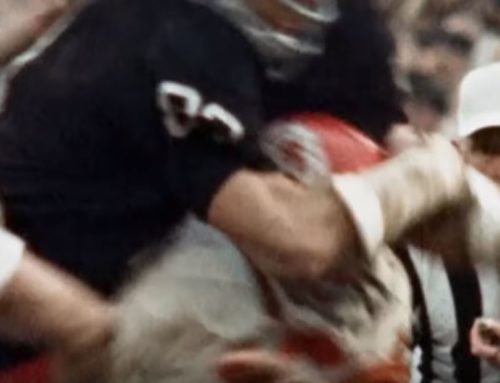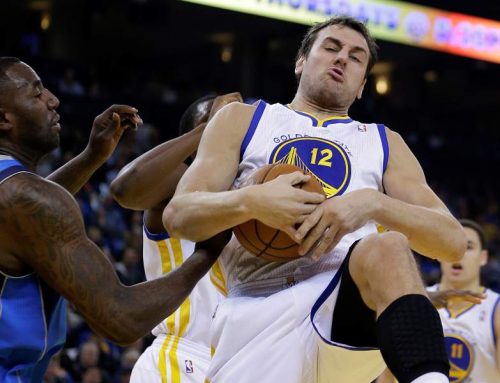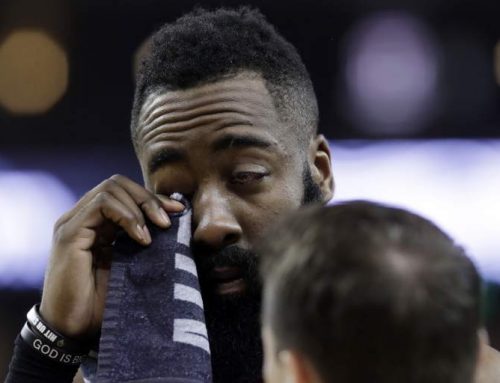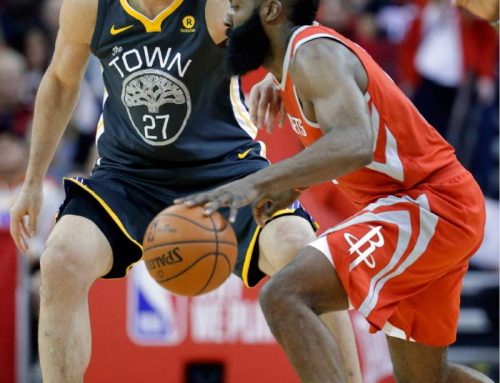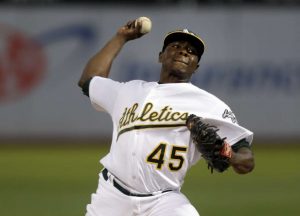
A’s pitcher Jharel Cotton has missed several starts with a blister on his thumb.
(Photo: Associated Press)
On Friday, Giants manager Bruce Bochy and pitcher Johnny Cueto joined a national debate when they suggested Cueto’s recurring blister problems this season are at least partly the result of changes to the baseballs MLB is using.
A burst in home run numbers already had people talking about harder balls. Now the Great Blister Epidemic of 2017 provides further evidence.
“Yeah, I think there is,” Bochy said to Bay Area reporters Friday (I was not among them) when asked about the blister-baseball link. “I think there’s enough evidence that they might be a little higher, the seams.”
“I think so. Probably,” Cueto said through an interpreter that night. “I feel the ball tight. This is the first time I’ve had blisters in my career.”
You can now add Jharel Cotton to the chorus.
Cotton, the A’s young righthander, has missed a couple starts recently because of a blister on his thumb. He is scheduled to pitch for Triple-A Nashville on Wednesday in a bid to return to the Oakland rotation.
After the A’s beat the Indians on Saturday, Cotton told me he, too, is convinced a modified baseball is resulting in modified human skin.
“Yeah, I think that’s the feeling around the league,” Cotton said. “I feel sure that’s why I got my blister. The seams are raised and tighter.”
He noted that he has never had blister problems before.
“Guys joke that our skin just has to get tougher,” Cotton said.
Toronto’s Marcus Stroman and Aaron Sanchez and the Dodgers’ Rich Hill all are on the record arguing that their blisters are related to the baseballs. It has been quite a year for blisters, with Cleveland’s Corey Kluber, the Mets’ Noah Syndergaard, the Cubs Jake Arrieta and Boston’s David Price among the afflicted.
Writing for The Ringer, Ben Lindbergh looked at data provided by Corey Dawkins, an athletic trainer and injury-prevention specialist at the Micheli Center for Sports Injury Prevention. He found a spike in MLB blister injuries in 2016, and a bigger one this year.
Curiously, there seems to be disagreement on whether the seams have gotten higher or lower. Dodgers pitcher Brandon McCarthy told Lindbergh that, like Bochy and Cotton, he believes the seams are higher. But Hill and Detroit hurler Justin Verlander support seam-height data that MLB provided to the Ringer indicating the seams are actually lower.
Maybe it isn’t the height of the seams that is vexing pitchers, it’s their density. In any case, if MLB can’t put its finger on a solution soon, major-league rotations will continue to suffer.

